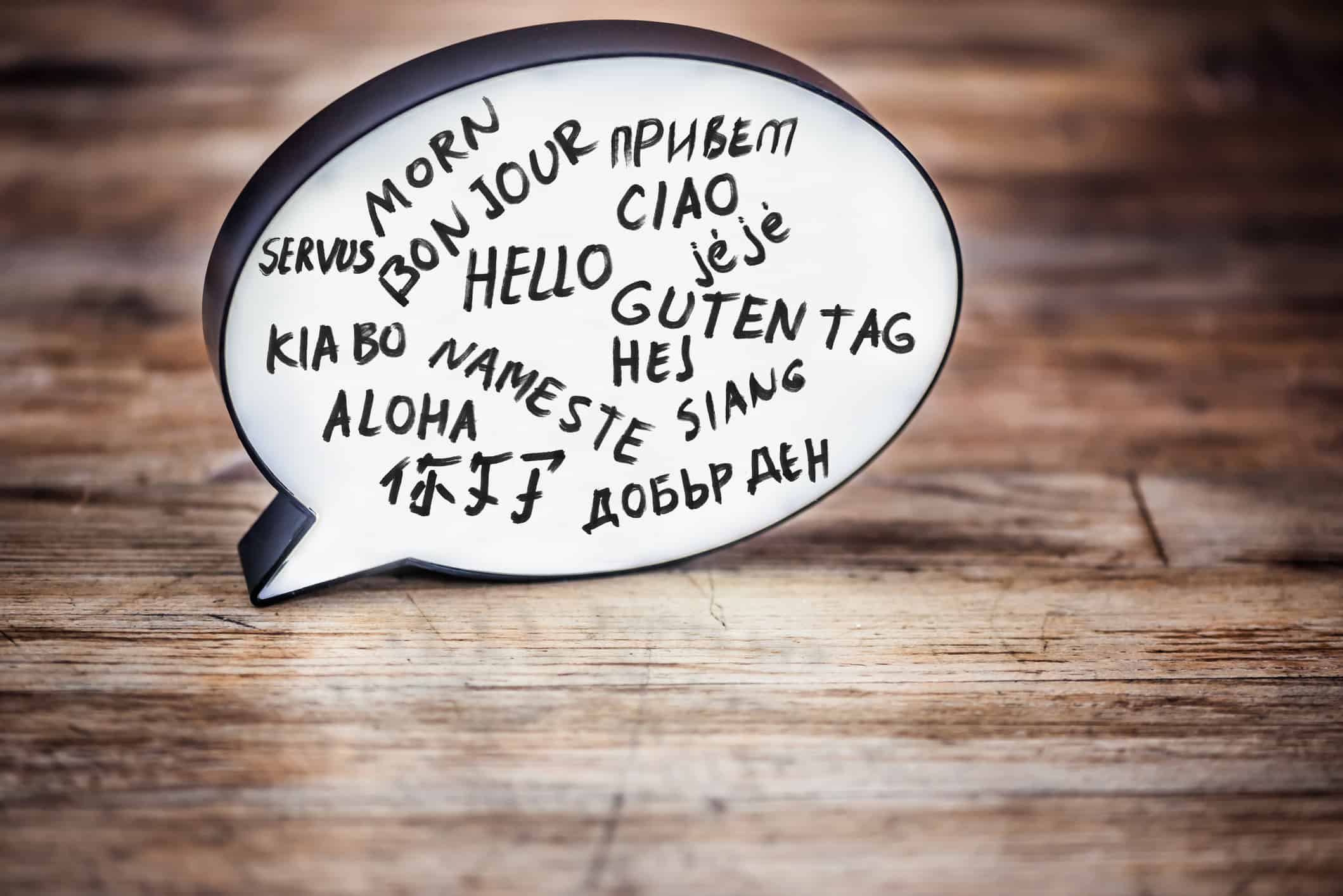
Website Translation: Do I Need to Translate My Website?

Website Translation: Do I Need to Translate My Website?
It’s no secret that over the decades, the internet has made the marketplace more global. It’s not just big businesses that are competing for global consumers online. Many small businesses are now looking to grow by reaching out to overseas consumers or local consumers within a community that speak a different language. The National Small Business Association reports that 64% of small businesses have sold products or services to international and/or multilingual consumers — an increase from 52% in 2010.
We know the importance of creating an online presence that appeals to a wider demographic. So, how do you stay competitive and claim your place on the global stage? Many small businesses look to website translation to appeal to multicultural communities. But, is it for you?
The Pros of Website Translation
1. It Sets You Apart From Your Competition
English speakers make up around 20% of the world population; however, over half of the content online is written in English. We know that consumers love a personal touch, especially when it comes to small businesses. Translating your website for your international customers lets them know that you care and are here for their needs as well, not just the needs of your English-speaking customers.
Additionally, 72% of consumers said they are more likely to buy from a website with product descriptions in a language and dialect familiar to them.
2. It’s Good Marketing
Search engine optimization — or SEO — is like gold in website marketing. Having your website translated into a local dialect means that your content is now SEO-friendly in more places, which translates to more customers. If you’re looking to grow beyond your local community, translating your website is a great start to up your marketing game and bring you attention from new parts of the world.
3. It Builds A Better Brand
Today’s social climate focuses a lot on being better in the world and exercising social awareness. That means being aware of other’s needs, comforts, and perspectives. A brand that is willing to adjust its website marketing to fit the needs of another community shows the entire world that it’s socially aware and doing its part to make the world a better place for everyone.
The Cons of Website Translation
1. You Likely Need to Hire Someone to Do It
Using Google Translate is not enough. In fact, it could have the opposite effect as Google Translate is not nuanced and could mischaracterize the message you’re trying to get across. This is especially risky if you are trying to market to a specific cultural region. In this case, translation is only part of the equation. To achieve the true localization of a language, you’ll have to hire professionals that understand that language at a native level.
2. Maintenance
The main cons of website translation center around maintenance. Like the con of hiring someone to initially translate your website, there is also the cost factor when updating your website. Also, it will make your website more complex, which means more work to be done when keeping your website up-to-date.
Things to Consider When Translating Your Website
The first thing you’ll want to consider is language localization. For instance, before we translate a website into Spanish, we need to consider if we’re focusing our website marketing efforts towards Spain, Chile, or Mexico — all of whom speak very different dialects of Spanish. This is why when translating a website, it’s vital to hire a professional that knows the culture and local idiosyncrasies.
And while we’re on the subject of professional hires, it’s important to know the two distinct forms of translation — machine vs. human.
Human vs. Machine Translation
The debate between human vs. machine translation has been raging for years, and there’s no shortage of information out there. Here’s a quick list of the pros and cons of each.
Machine Pros
- It’s faster and cheaper.
- A single machine can translate multiple languages.
- The technology is constantly improving.
Machine Cons
- It’s less accurate.
- It doesn’t account for cultural nuance or context.
- Translation mistakes can have a negative impact.
Human Pros
- Professional translators provide higher accuracy.
- Human translation takes context into account.
- Humans can interpret creative language expressions.
- Humans can understand when literal translation isn’t possible.
Human Cons
- Human translation, on average, costs around $.15/word.
- The turnaround time is longer.
- You’ll need multiple translators for multiple languages.
Prioritize Your Target Market
We’ve found that an essential step in website translation is considering the target market. You need to know if your target market speaks a language other than English and which one. Google Analytics is a valuable tool in observing where new potential customers are coming from. Find out which international consumers are looking at your website but not buying. Make them your target and translate for them.
Alt Creative is also here to help. Our website design and maintenance specialization makes us the perfect choice for reworking and maintaining your newly translated website. Take a look around and see how we can help you in your international website marketing.
Ready to get your project started?
Get your free consultation and pricing quote by filling out our quick ‘request a quote’ form. We’ll answer all of your burning questions and help find the right solution for your project.
Request a Quote



